5 houseplants that you (almost) never need to water
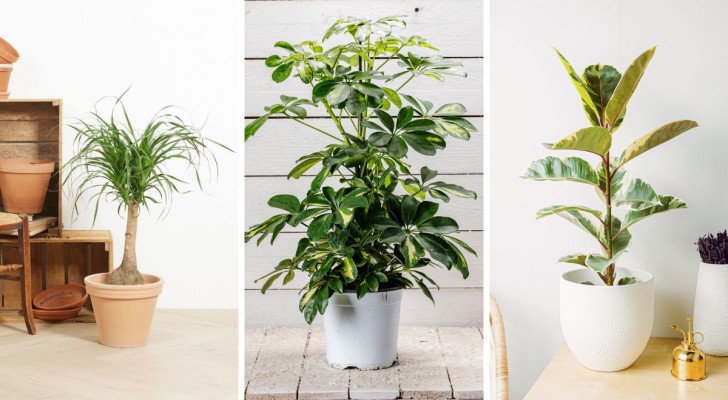
Beautiful plants adorning a home, strategically positioned in pots, supports, and eye-catching planters, create a consistently pleasant visual spectacle! Yet, we might hesitate to dabble in indoor plant cultivation, recalling past challenges in keeping them the plants alive.
Certainly, plants, being living organisms, need care, but there are some that are so low-maintenance that we can "neglect" them for weeks. Particularly in terms of watering, certain plants allow us to take a vacation without worrying about them too much! Let's find out which plants won't die if we forget to water them for a long time!
Rubber plant (Ficus Elastica)
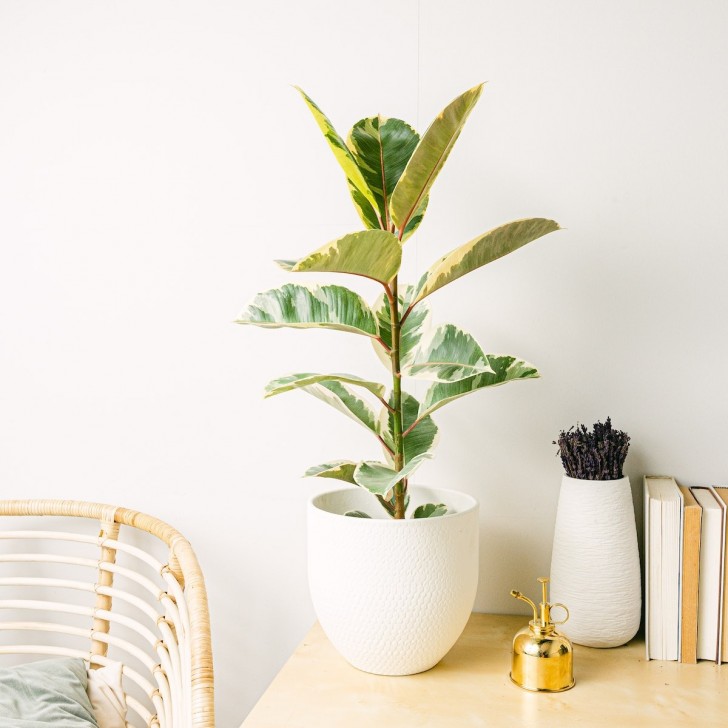
While it can reach great heights in its natural environment, when grown in an apartment with a less tropical climate, its growth is more modest, making it an excellent choice for indoor greenery. The ideal temperature range is between 16 and 24 degrees Celsius, and it thrives in well-lit areas without direct sunlight. Known as the rubber plant or rubber tree, it enjoyed popularity in the '80s and '90s, making a recent comeback.
Indoors, especially in fall and winter, watering it once a month is probably enough. Simply check the soil by inserting a finger every 3 or 4 weeks: if it's completely dry, it's time for a thorough watering, ensuring proper drainage, and then check again the following month!
Elephant's foot (Beaucarnea recurvata)
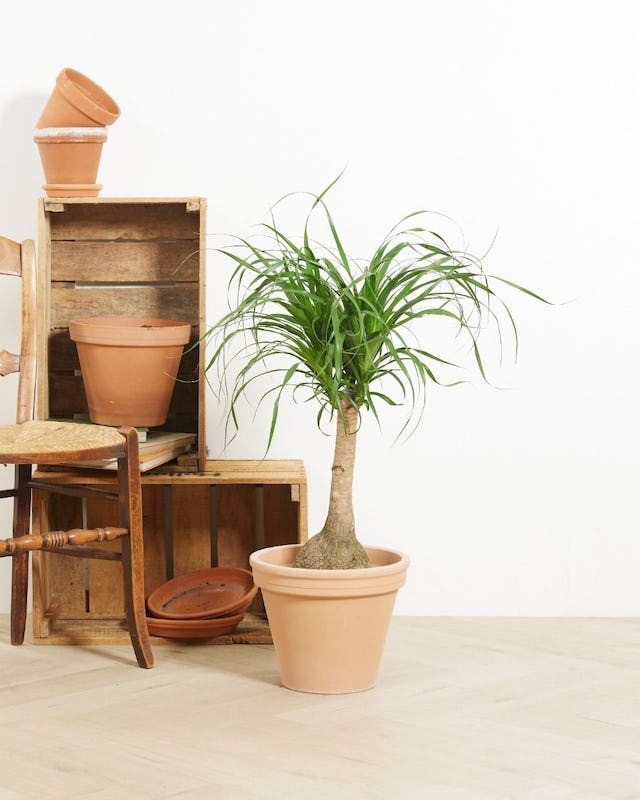
Beaucarnea recurvata is also known as the "Ponytail palm" due to its unique tuft of foliage at the top of the trunk, resembling hair tied up. Another name for it is "Elephant's foot", highlighting the trunk's distinctive shape that broadens and swells at the base. It's also sometimes called the "Smoke eater" due to a belief that it can absorb smoke in closed spaces, (although in reality, it is fire-resistant).
Certainly, this a low-maintenance plant when it comes to watering: as long as it's not exposed to direct heat, you can forget to water it for about a month. Still, it's a good idea to check a bit earlier. Despite its remarkable water storage ability, it's best not to stress the plant!
Umbrella plant (Schefflera)
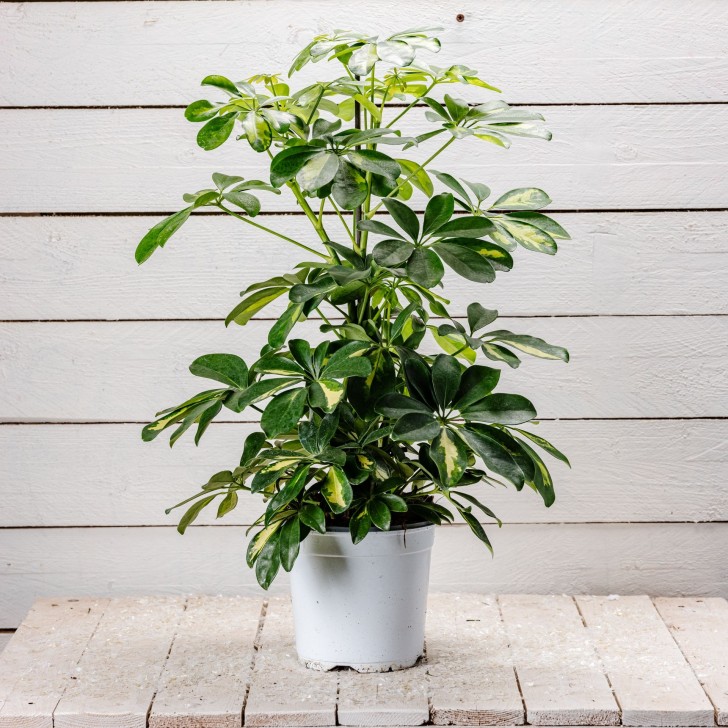
When you're shopping for a Schefflera, you may find two slightly different species: the larger Schefflera actinophylla (often called the 'umbrella plant') and the more compact Schefflera arboricola. Aside from the size, the Schefflera arboricola has shinier, smaller, and sometimes variegated leaves (green and cream). However, both share the same overall shape and posture, with leaves spreading out like an umbrella from each stem.
These plants thrive in indirect light, and when kept indoors, they grow slowly. When it comes to watering, it's best to water them generously only when the soil has dried out. During the colder months, this might mean watering every 2 or 3 weeks, while in spring and summer, more frequent checks are advisable.
Devil's Backbone (Euphorbia tithymaloides)
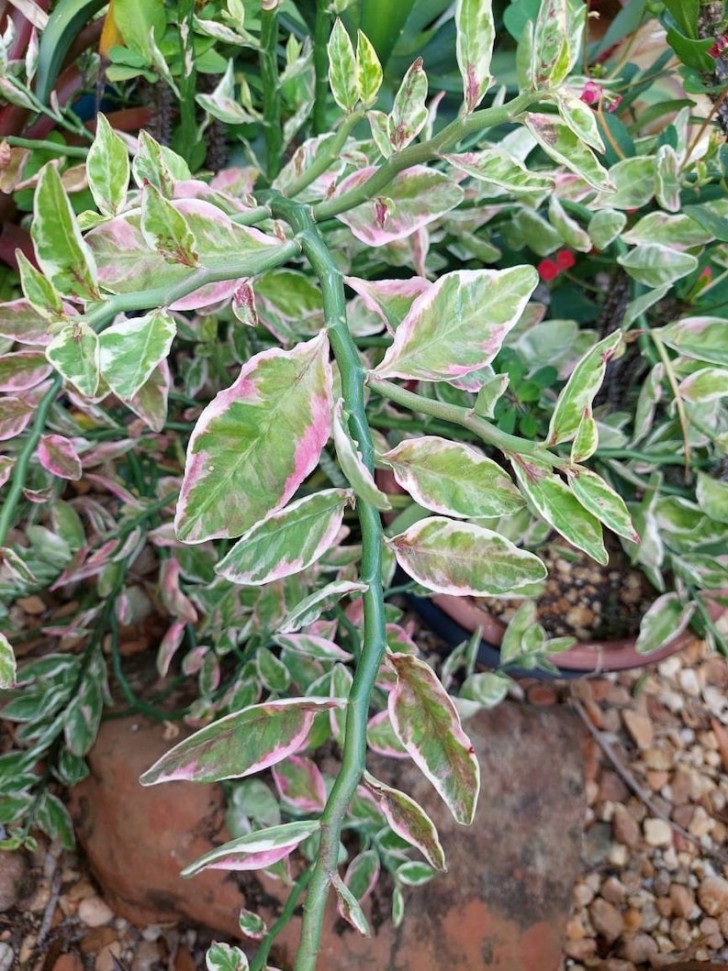
The succulent known as Devil's Backbone, hails from tropical regions, spanning from Florida to Venezuela and the West Indies. It's recognized by its irregularly shaped leaves featuring dramatic variegation. The plant produces clusters of fleshy, red bracts that resemble flowers, eventually giving way to actual flowers in the summer.
Following the pattern of other succulents, it's best to water Devil's Backbone only when the soil has thoroughly dried out. Ensure that the soil has good drainage to prevent water from stagnating. This means, especially when kept indoors and particularly in fall and winter, checking the soil every 2 or 3 weeks to see if it has dried out.
Living stones (Lithops)
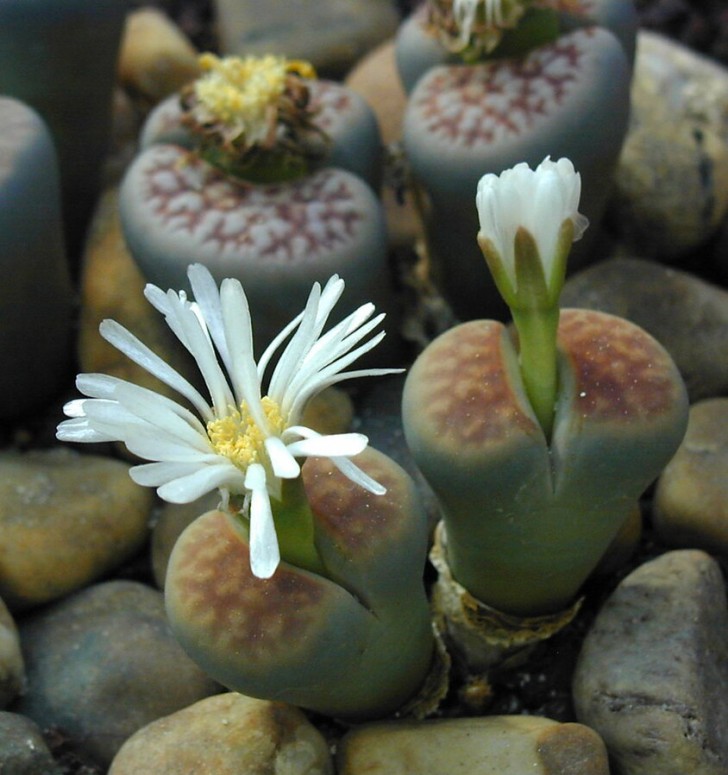
Luis Fernández García (L. Fdez)/Wikimedia Commons
Named for their stone-like appearance, Lithops are succulent plants originating from the desert regions of Namibia and South Africa. To highlight this feature, even when cultivated indoors, they are often surrounded by decorative pebbles. There's a humorous saying that they need as much care as stones do – practically none. While this may be an exaggeration, it's true that Lithops can be forgotten about for longer periods compared to many other plants, especially when placed in bright locations with temperatures ranging from 17 to 23 degrees Celsius. In such conditions, giving them a bit of water once a month (or even less frequently) will be sufficient.
Which of these plants would you like to have at home?